Pact Meson Weapons
The preponderance of directed energy weapons in use by the militant arm of People's Galactic—the Pact—is a topic I have touched upon previously. As I noted there, this preference is by no means caused by the inadequacy of Unitas' weapons development efforts; indeed I am told GuardCorps-run ships and installations are notably well-served in this area. No, GuardCorps preferences for more conventional kinetic arms in zeoform conflicts are dictated by the relative robustness and lower maintenance burdens weapons like the Gulo assault rifle incur.
Pact team members, on the other hand, given their often nomadic nature and personal augmentations, are well-suited to weapons that are demanding in maintenance but otherwise function well independent of supplies of munitions and spare parts. This tendency is seen in Pact armaments from Support up to the Exo-rigs, Master-rigs, and N.O.V.A frames that make up their zeoform fighting forces. Pact energy weapons take several different forms, but perhaps the most advanced are their meson weapons, a fascinating sub-class in its own right.
Fundamentally, meson weapons are a sub-class of directed particle weapons much like the Pulsar and it is likely they were developed directly from that technology, as we shall see. A meson is a type of hadronic subatomic particle composed of an equal number of quarks and antiquarks. Mesons are normally found only as short-lived products of very high-energy collisions between high-energy protons and neutrons and baryonic matter. A meson weapon generates a charge of stabilized mesons in a “bath” filled with baryonic matter and bombarded by an array of proton guns arranged around it. The number of guns and their exact placement varies by design, though as a rule the more visible rows of proton guns, the larger the meson weapon at work.
On firing a meson weapon, the proton guns charge the matter nano-seconds before it is expelled as a beam, or more accurately as a narrow jet of large, exotic, and now unstable mesons. The effect on a target is rather remarkable, as mesons pass through the immediate surface of the mass contacted and begin to “pile up” within the atomic structure of the material. The resultant micro-shocks to its binding forces lead to a sub-atomic explosion as the mesons decay into free protons and neutrons within the structure. Keeping the weapon stabilized on target is essential to its effectiveness, as the more time the meson jet/plume spends striking it, the more damaging the inevitable decay-event will be.
As such, meson weapons represent a particular threat to slower moving or less agile targets. A well-focused shot can yield results beyond the parameters for other weapons in the same weight classification. Dense armor is still helpful, as it may still keep the damage from penetrating to the most vulnerable areas, but as more armor inevitably slows the target overall, a meson weapon’s impact can always be alarming. Mercifully, it appears that Pact efforts to create smaller meson weapons suitable for Support deployment have been unsuccessful to date. Whether this is by reason of limited power generation capacity or the need for sufficient shielding remains unknown.
One of the most respected analysts, known both for highly detailed breakdowns and post-engagement evaluation as well as more informal “pop” texts is “Drew Chambert” (a nom de plume). Little is known about this writer except it is evident they are or have been a zeo designer, possibly even a pilot at some point, and have some quite deep connections into both Pact and GuardCorps operations. Their writings and audiocasts are available across all one hundred heliospheres to a greater or lesser extent.



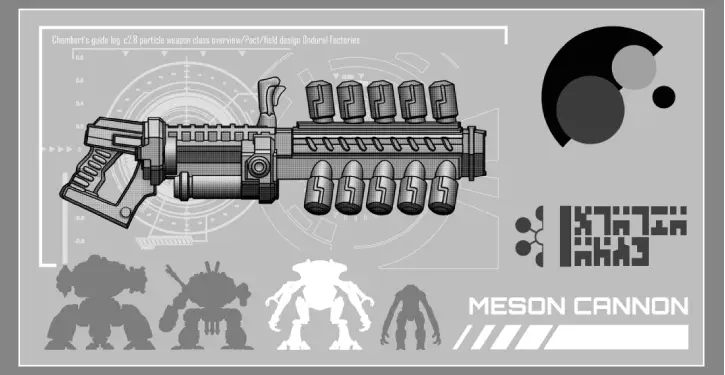




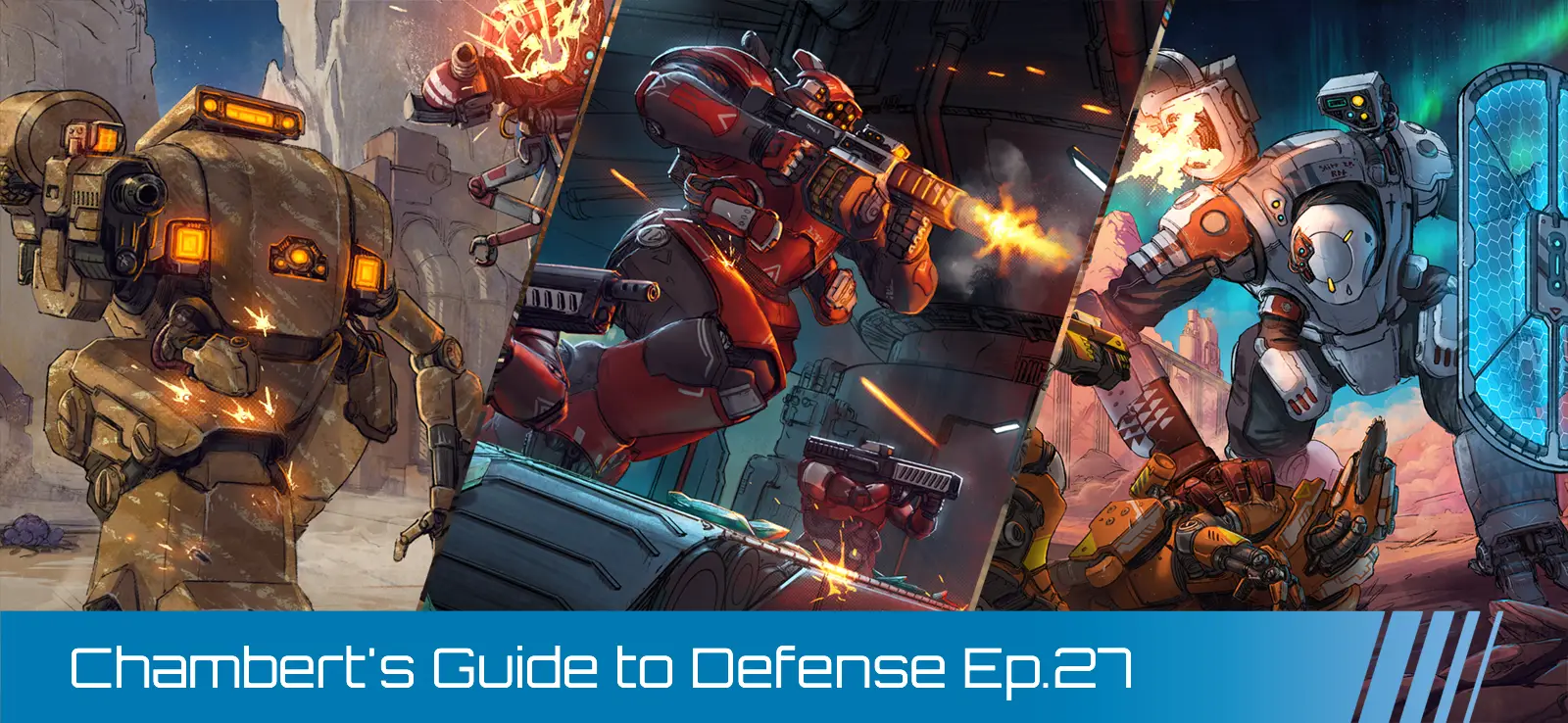
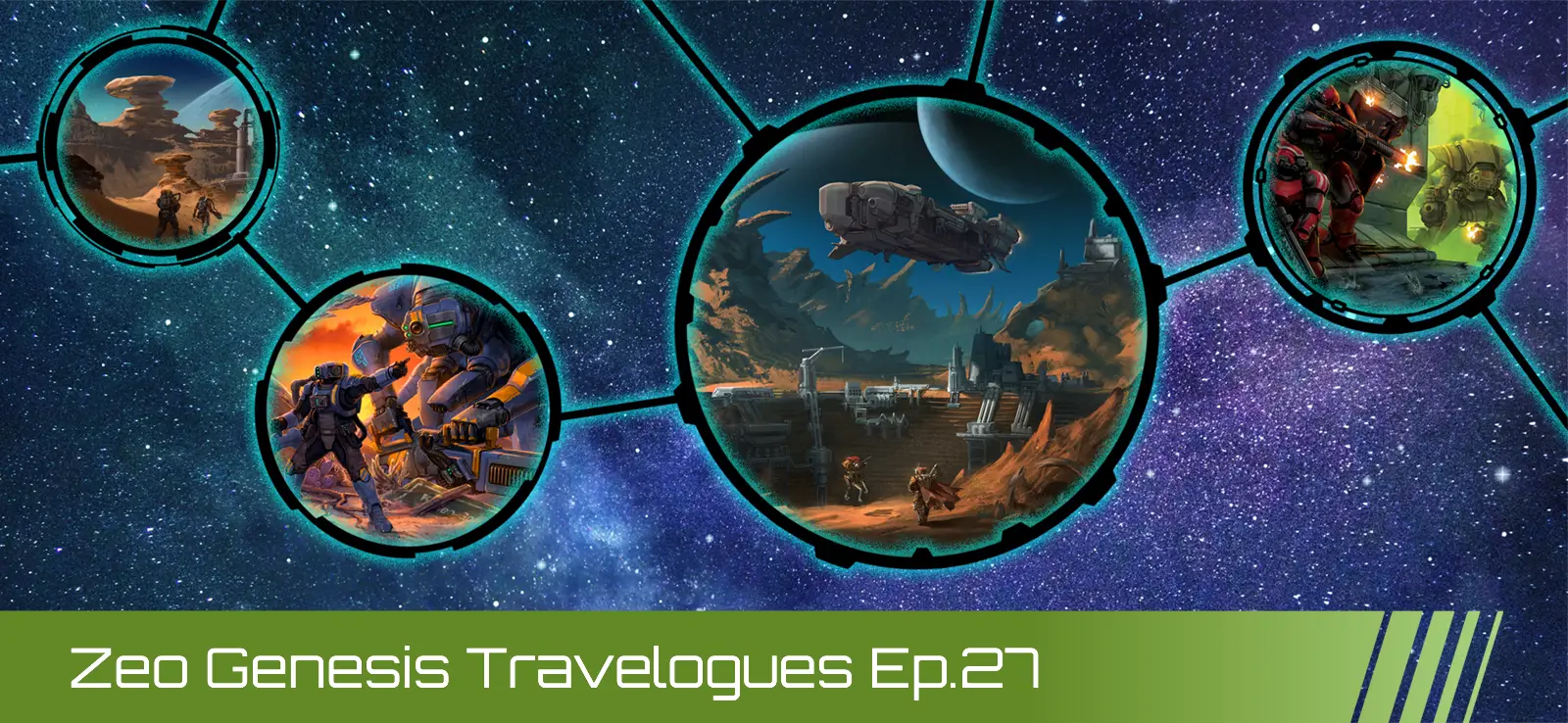
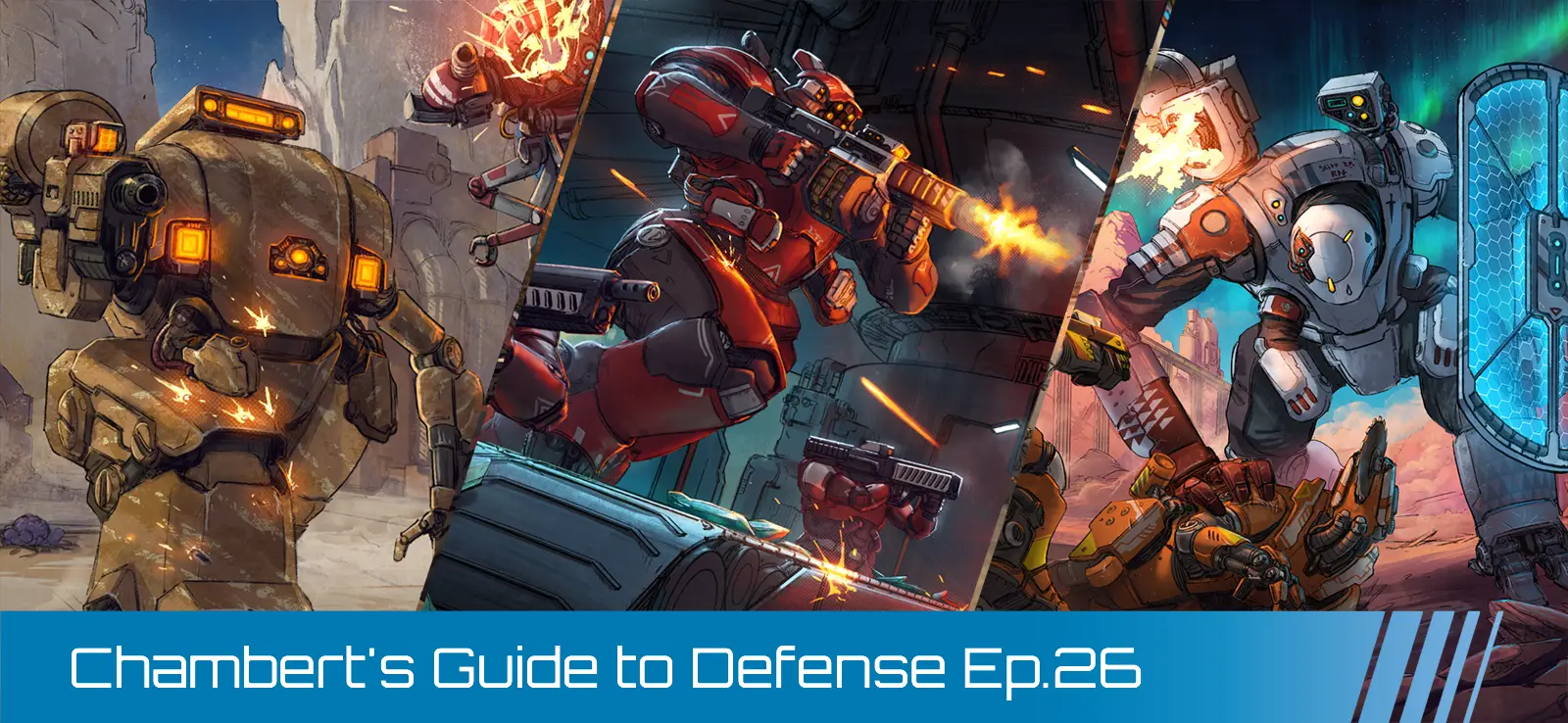
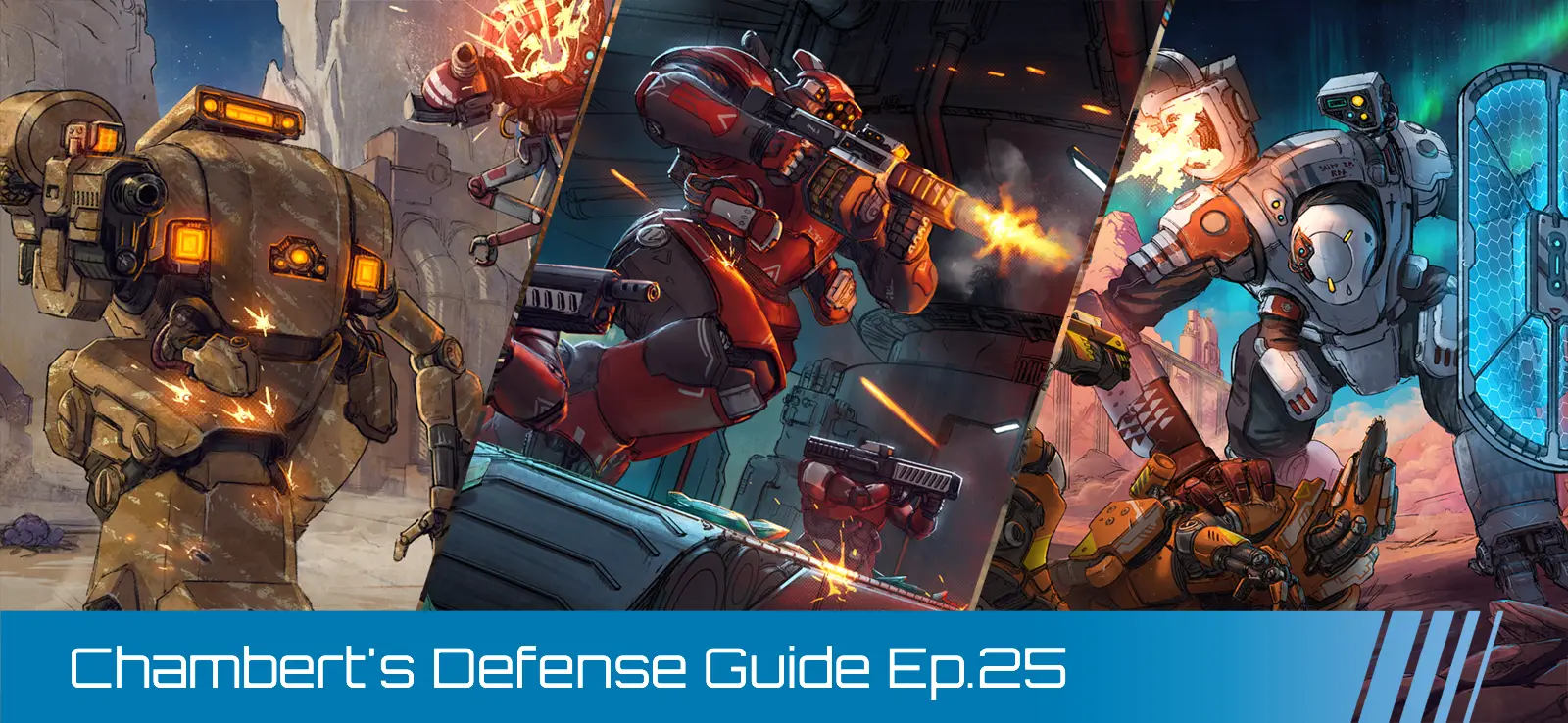
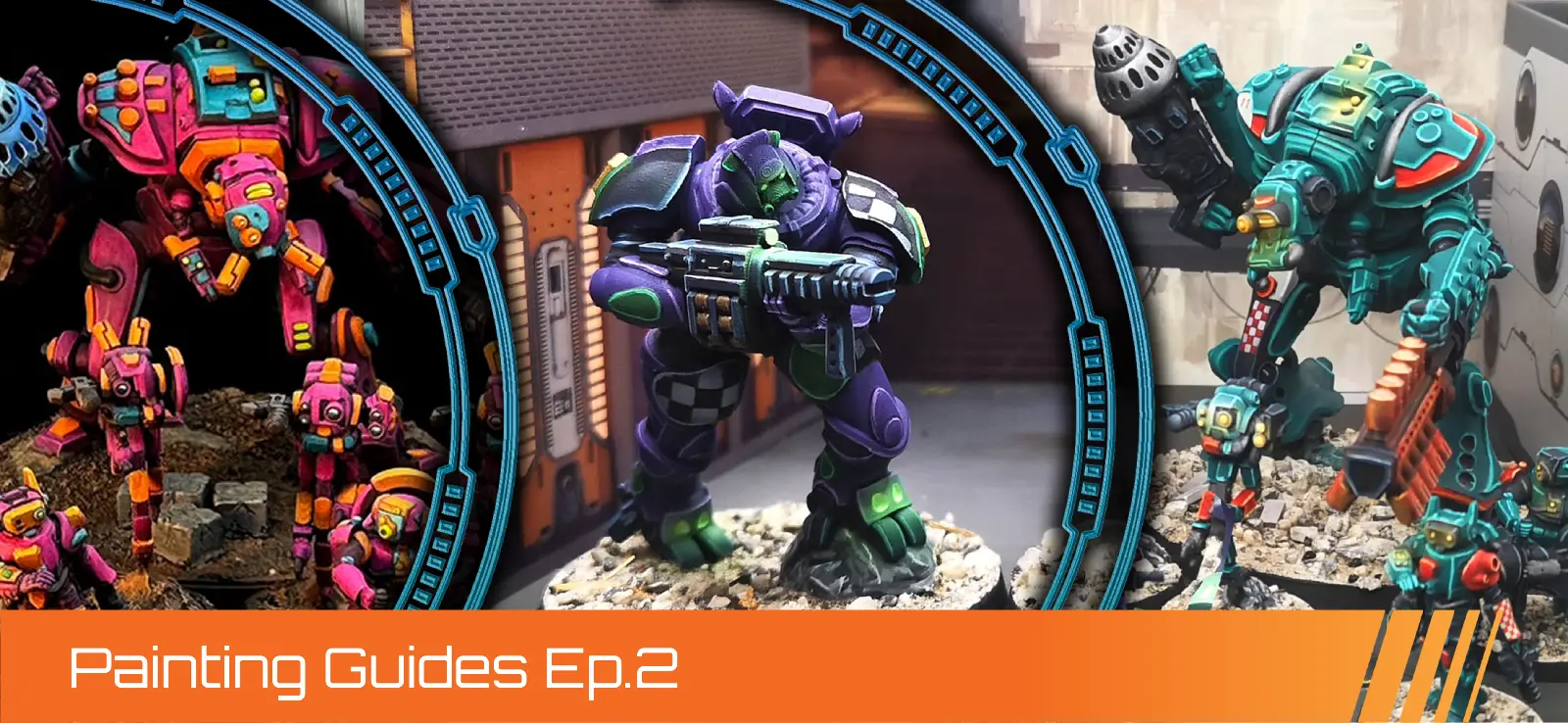
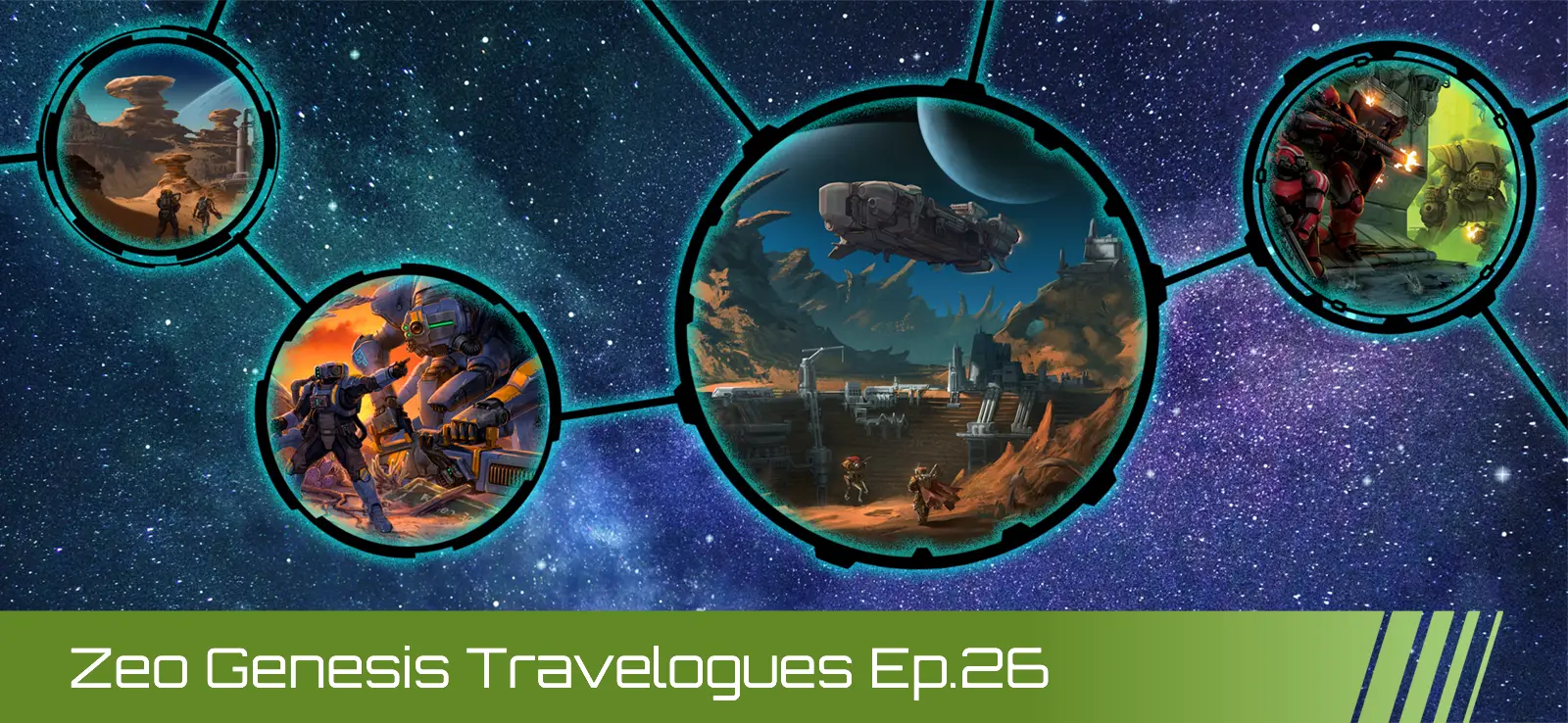
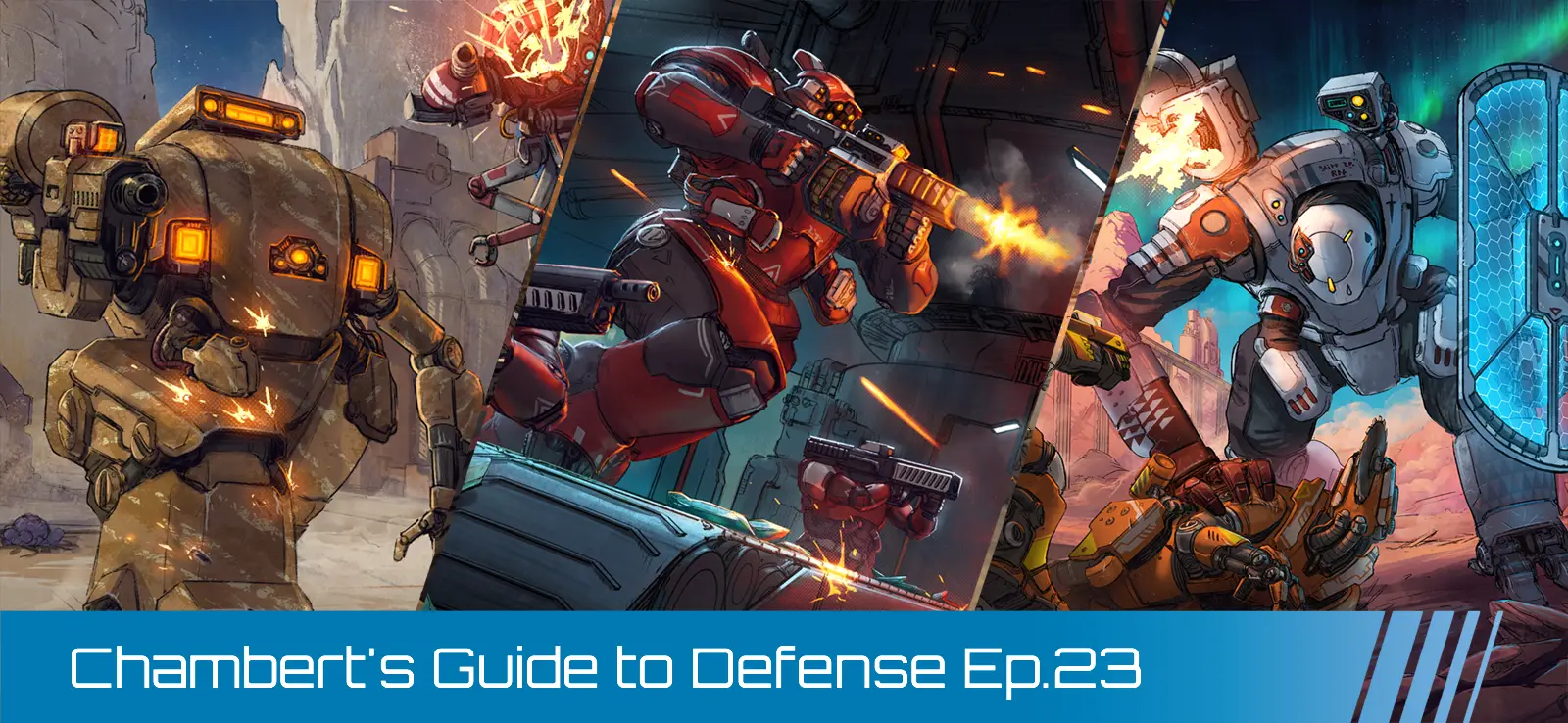


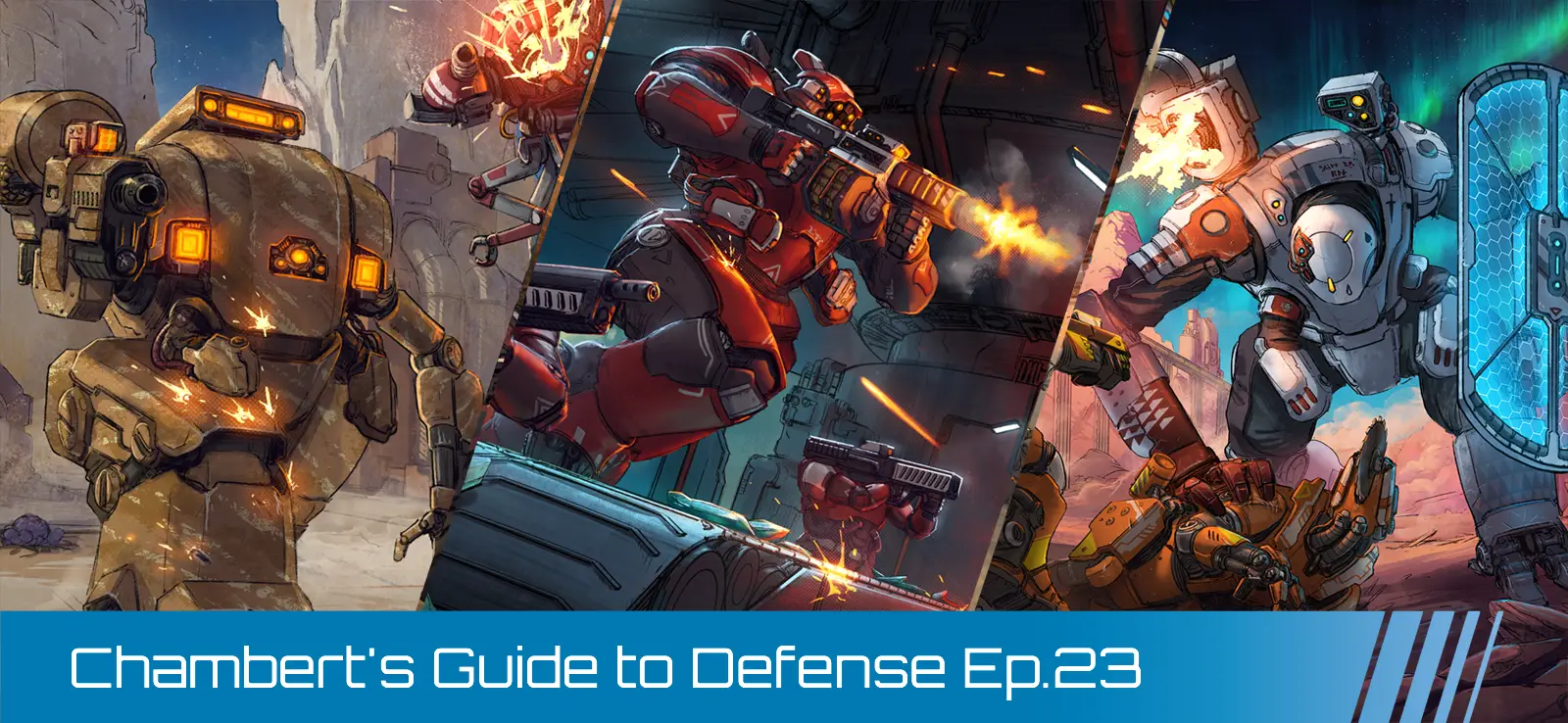
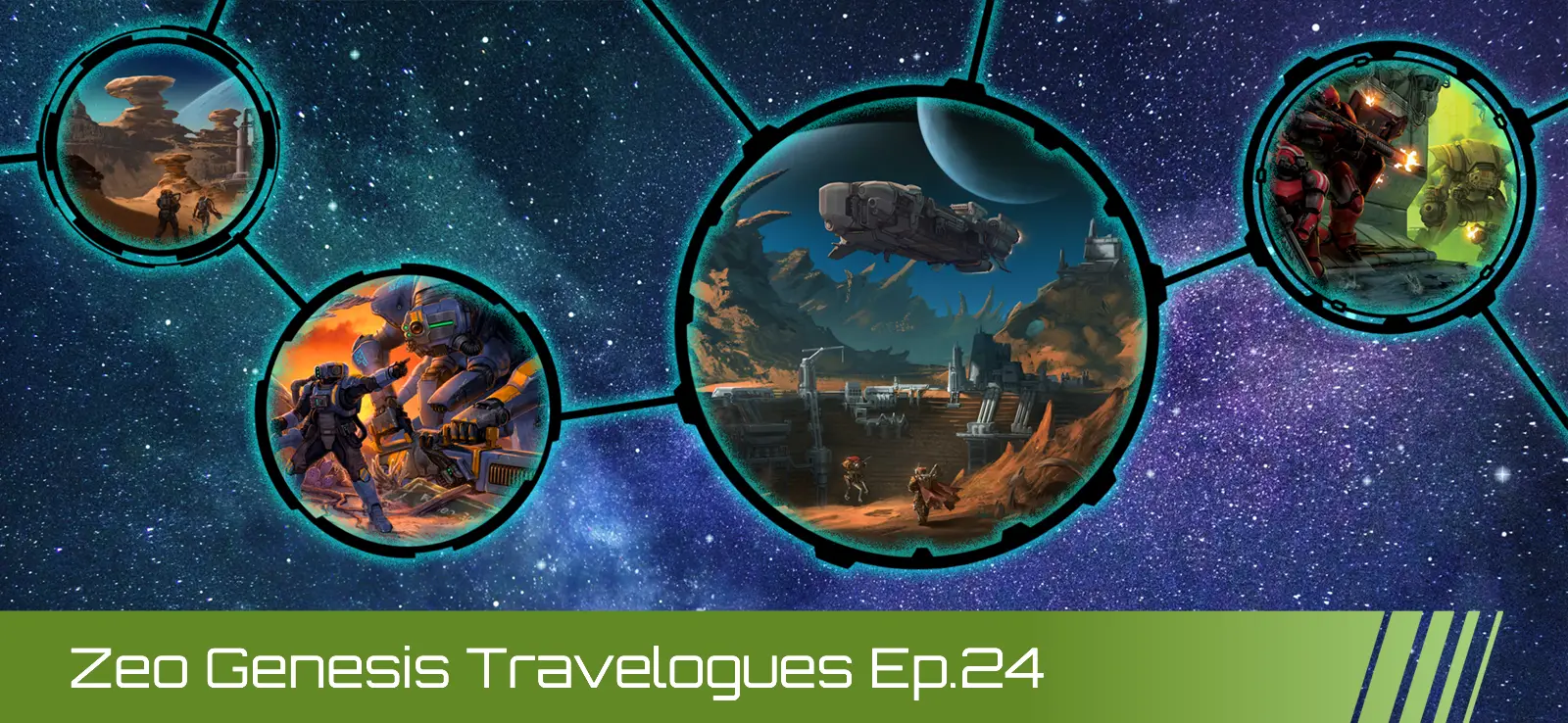
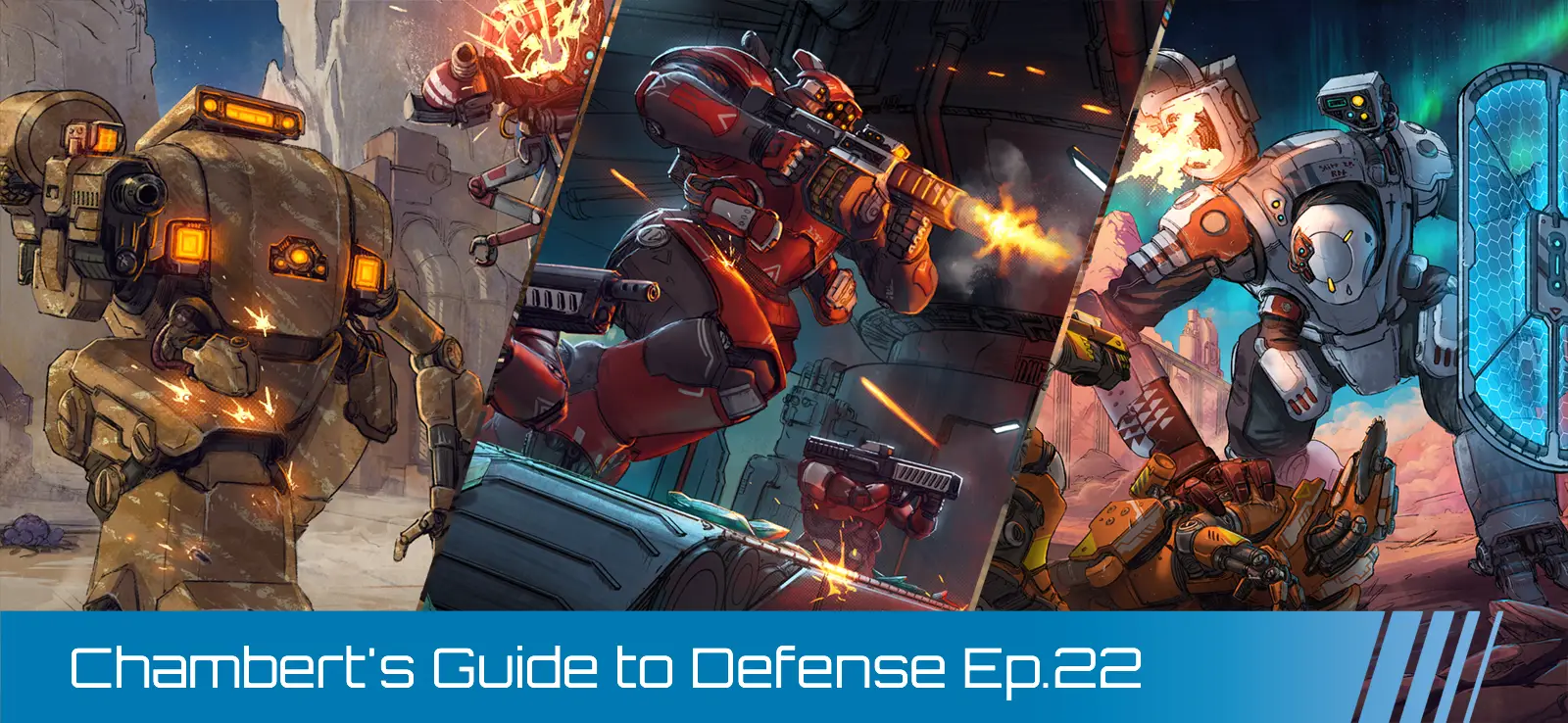
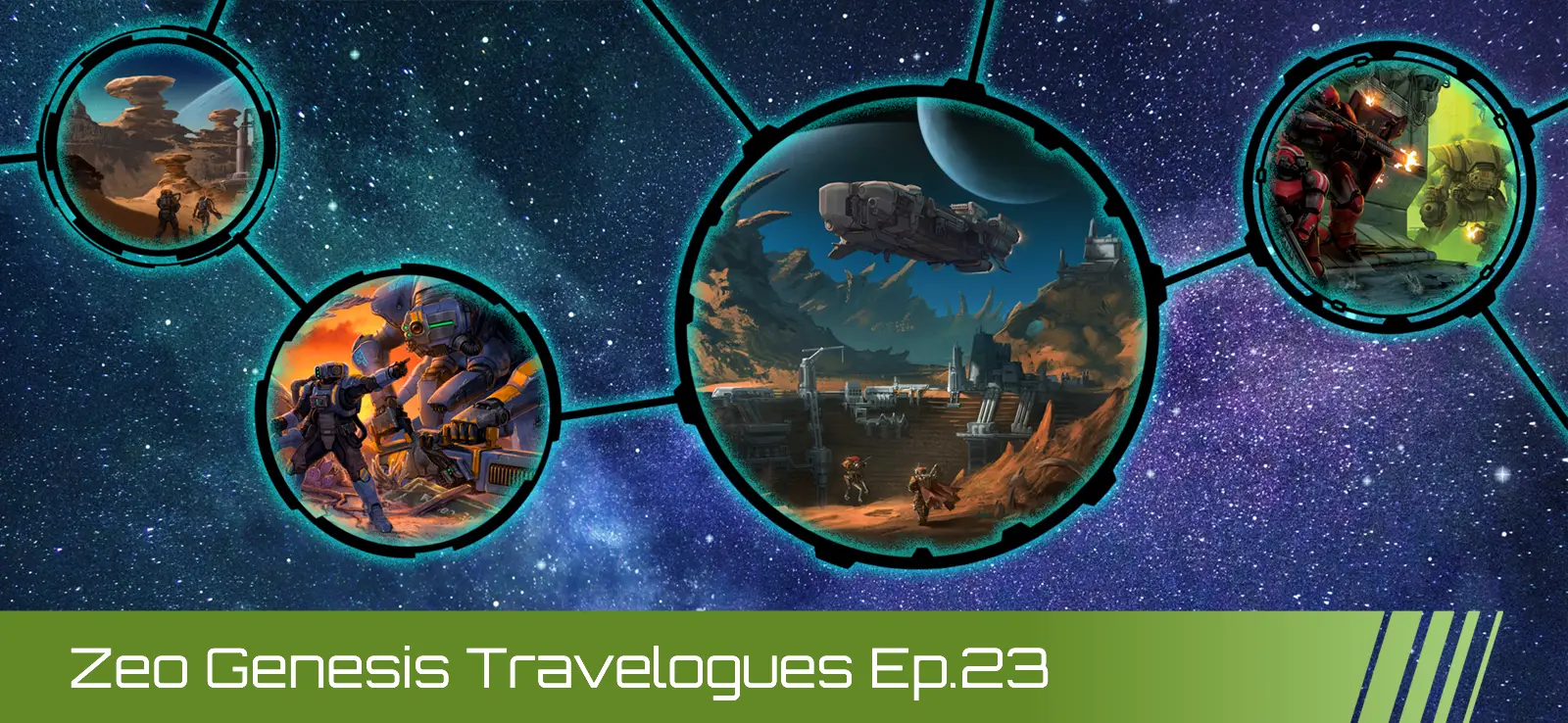
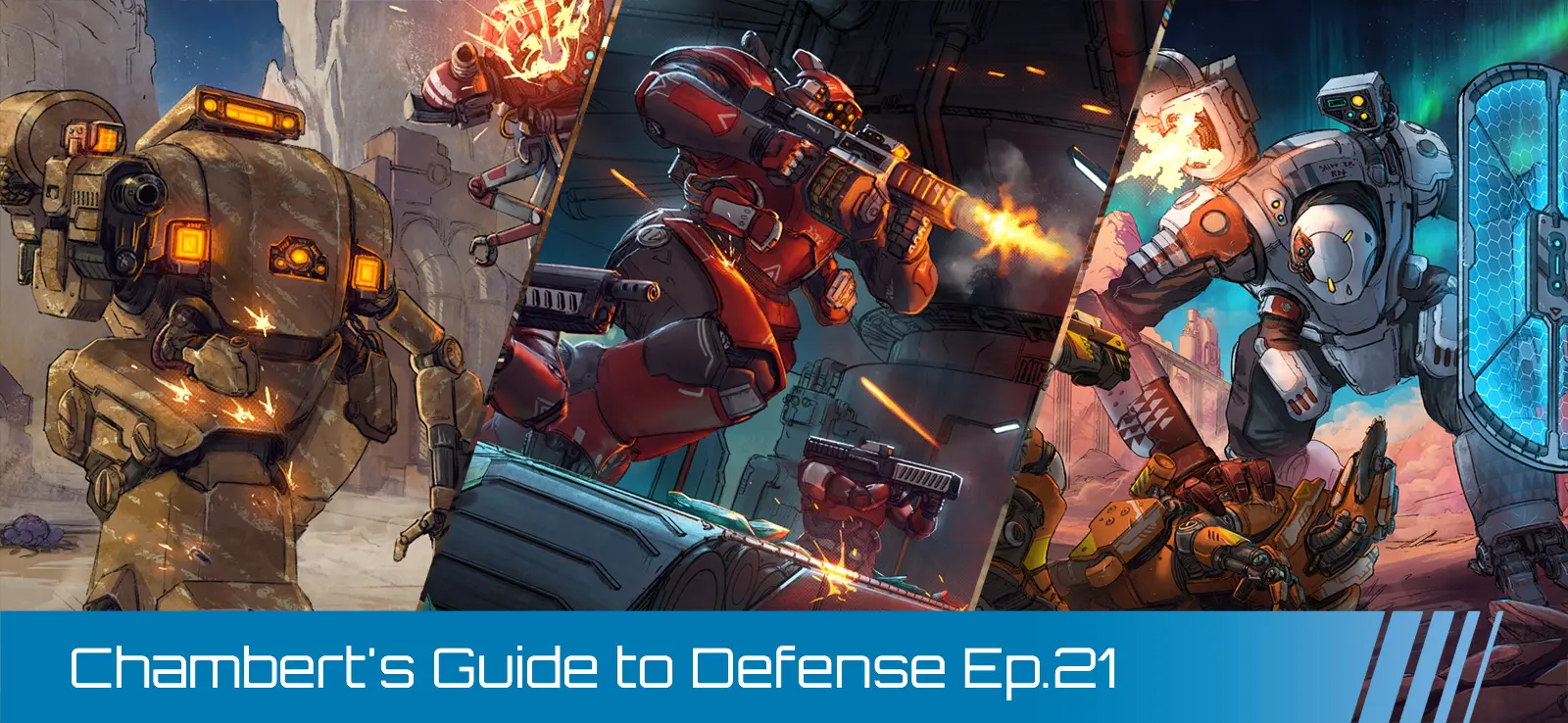
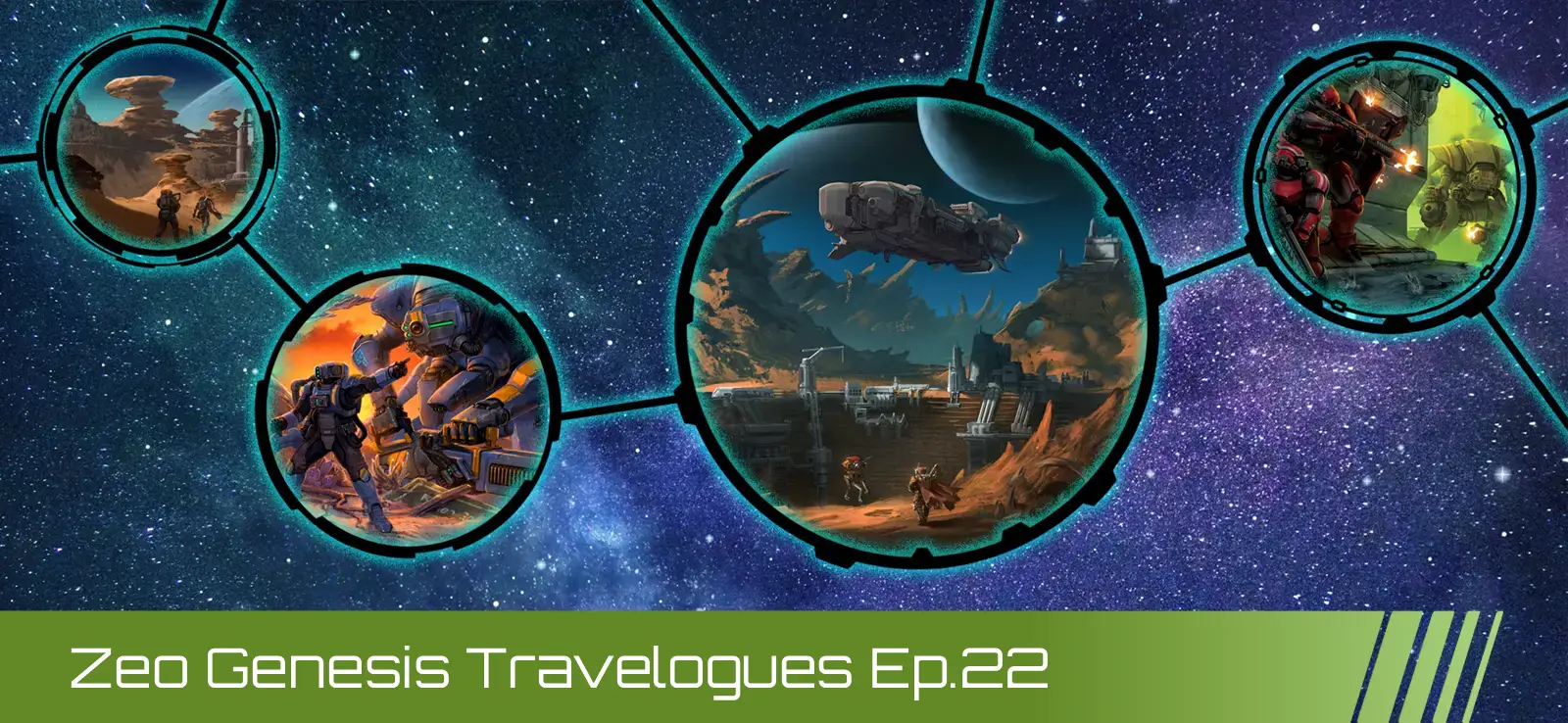
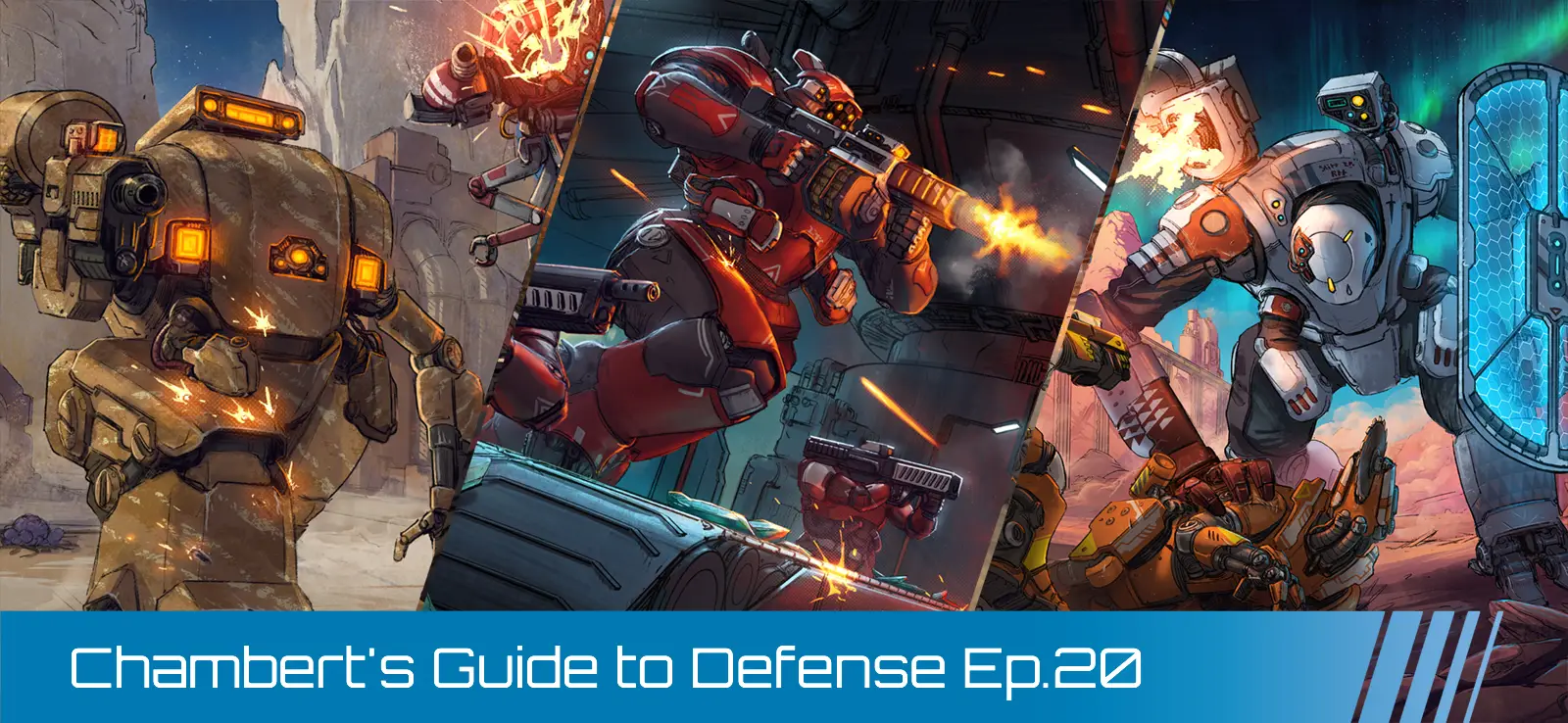





















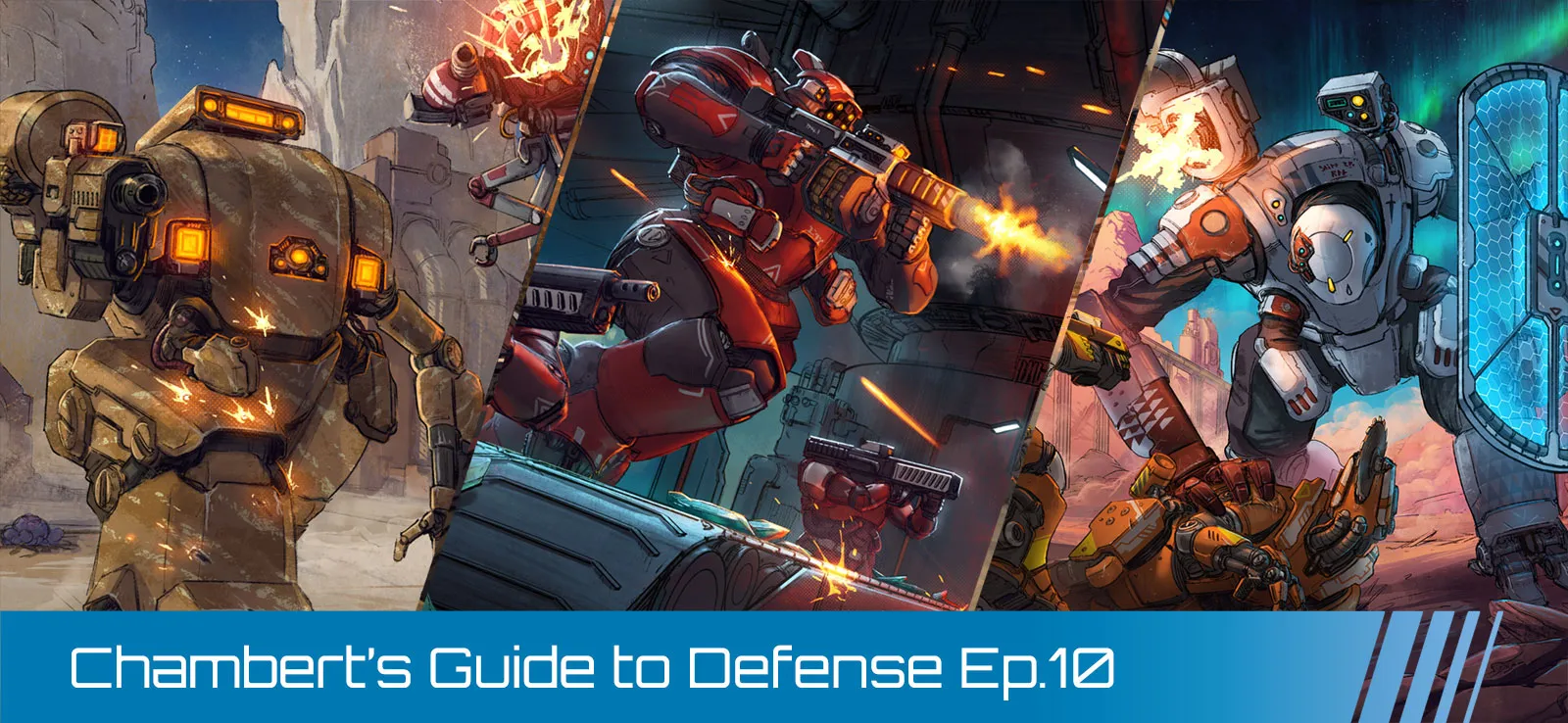



















.webp)




